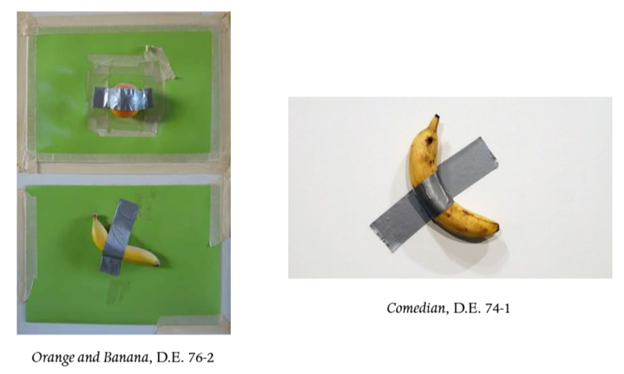Addressing the intersection of a trust beneficiary’s rights to royalties and an heir’s copyright termination rights under 17 U.S.C. § 203, the US Court of Appeals for the Sixth Circuit affirmed the district court’s order dismissing the beneficiary’s request for declaratory relief for failure to state a claim. Tammy Livingston v. Jay Livingston Music, Inc. and Travilyn Livingston, Case No. 24-5263 (6th Cir. Jul. 7, 2025) (Readler, Siler, Clay, JJ.)
Jay Livingston was a prominent 20th century songwriter. In 1985, he established a family trust that granted the beneficiaries royalties from nearly 250 songs and transferred his reversionary copyright interests in the songs to the trust. The copyright interest was reversionary because in 1984, Livingston executed a contract that began assigning copyright interests in the songs to a company whose legal successor would become Jay Livingston Music. That contract laid the groundwork for successive agreements that would each transfer a specific song to the company. By 2000, Livingston had assigned his interests in each song to Jay Livingston Music.
In 2000, Livingston signed a second overarching contract, extending the company’s rights to the full duration of each song’s copyright protection. The songs’ copyrights expire around 2050. In 2003, after Livingston passed away, a California probate court ordered that the trust no longer held any rights in his copyright interests beyond the royalties.
In 2015, Travilyn Livingston (Livingston’s only child) terminated the assignment to Jay Livingston Music of 32 songs under § 203(a)(2)(B) of the Copyright Law, reverting all rights to Travilyn. Tammy Livingston, Travilyn’s daughter, sued Travilyn in 2022, requesting declaratory relief stating either that the termination notices Travilyn used were invalid or that Tammy remained entitled to royalties from the 32 songs under state law. The district court dismissed the case for failure to state a claim. Tammy appealed.
The Sixth Circuit affirmed the district court. The Sixth Circuit considered whether Livingston executed the 2000 contract as an individual or a trustee and to what extent that affected the validity of the assignment extensions. The Court determined that the probate court’s 2003 order had preclusive effect and that Livingston had signed the 2000 contract in his individual capacity. Therefore, the company – not the trust – held the valid assignments in 2015 when Tammy terminated them.
Tammy argued that Travilyn could only terminate the assignments if they had been transferred to a third party in 1984. Tammy claimed that Travilyn did not own the company when the 1984 contract was executed and that Livingston thus granted the rights to himself as the owner of the company. The Sixth Circuit was unpersuaded by this argument because the 1984 agreement stated that Travilyn owned the company on the date of execution. Tammy next argued that the district court committed reversable error when it stated that Travilyn owned the company “sometime before” the 1984 contract’s execution rather than on the day, as the contract itself stated. The Court found that this misstatement did not rise to reversible error.
Finally, to support her [...]
Continue Reading
read more

 Subscribe
Subscribe



